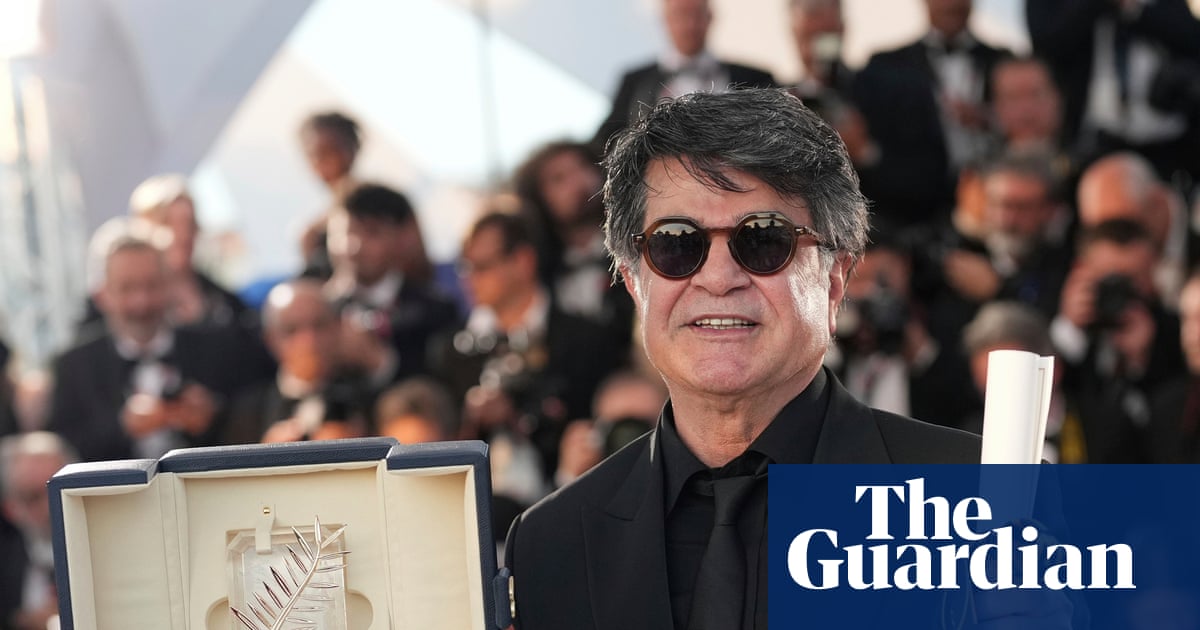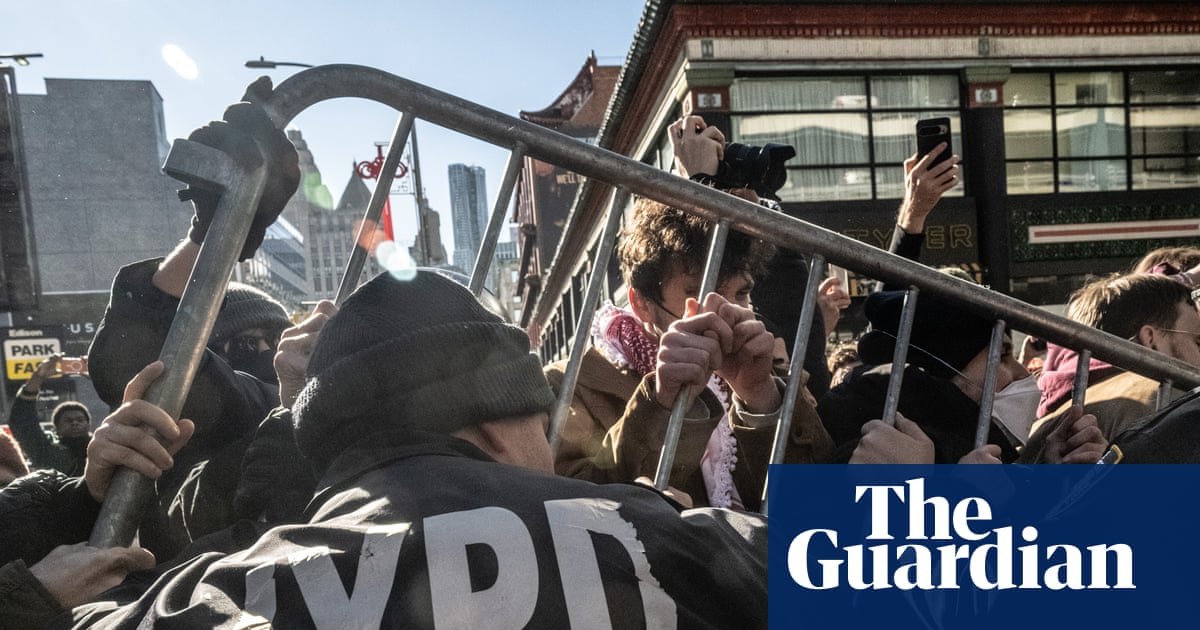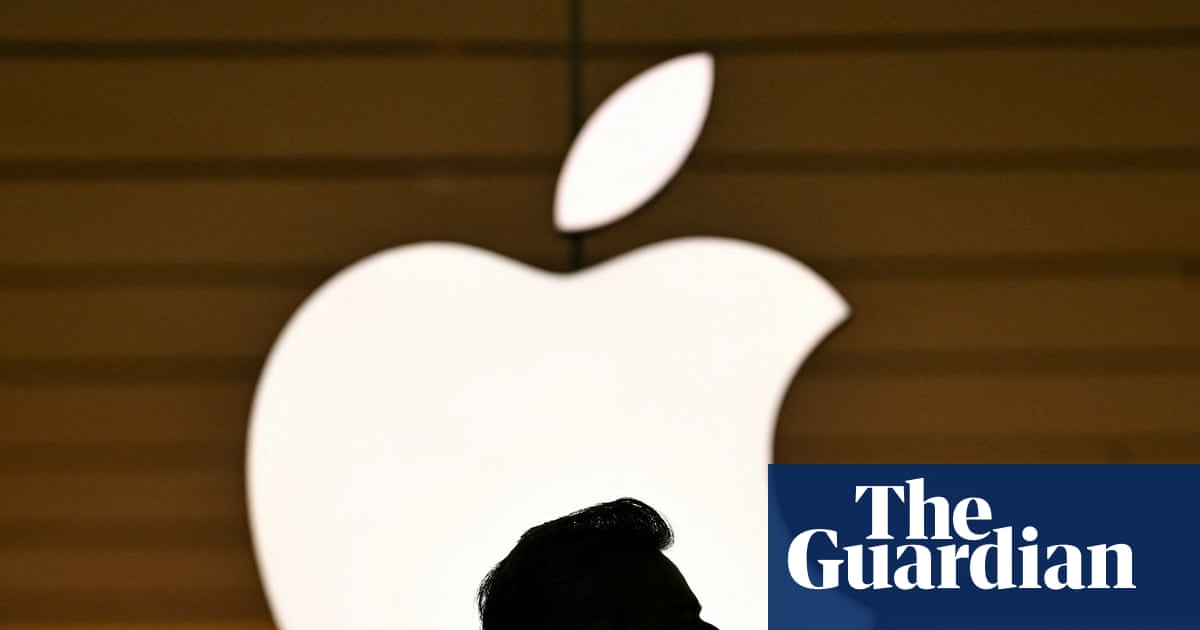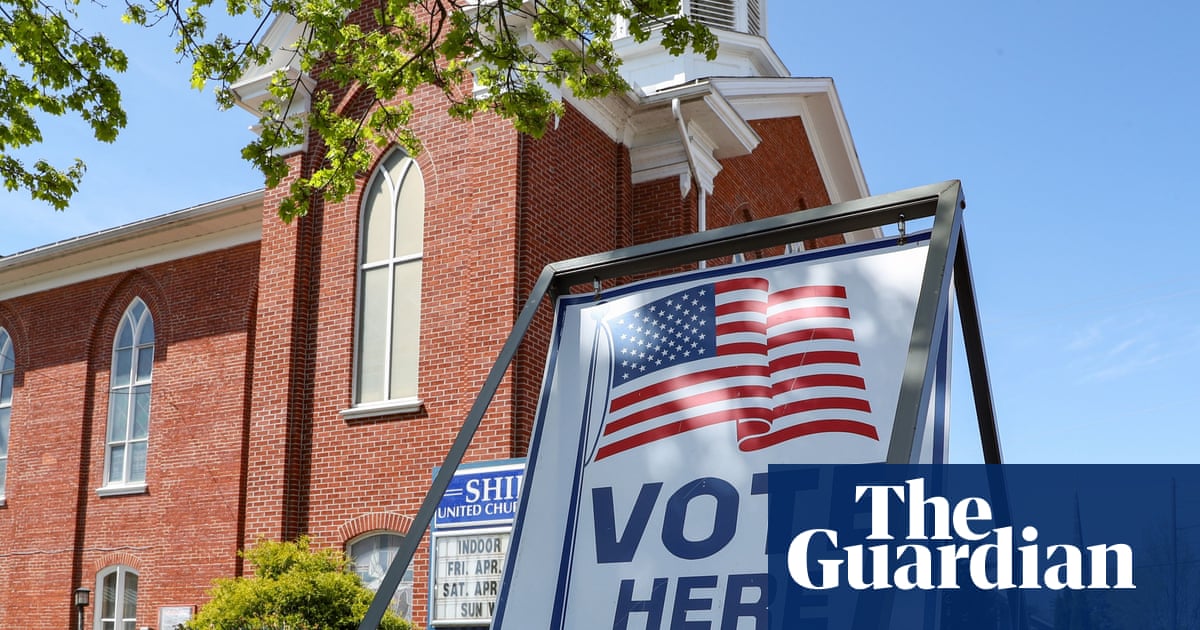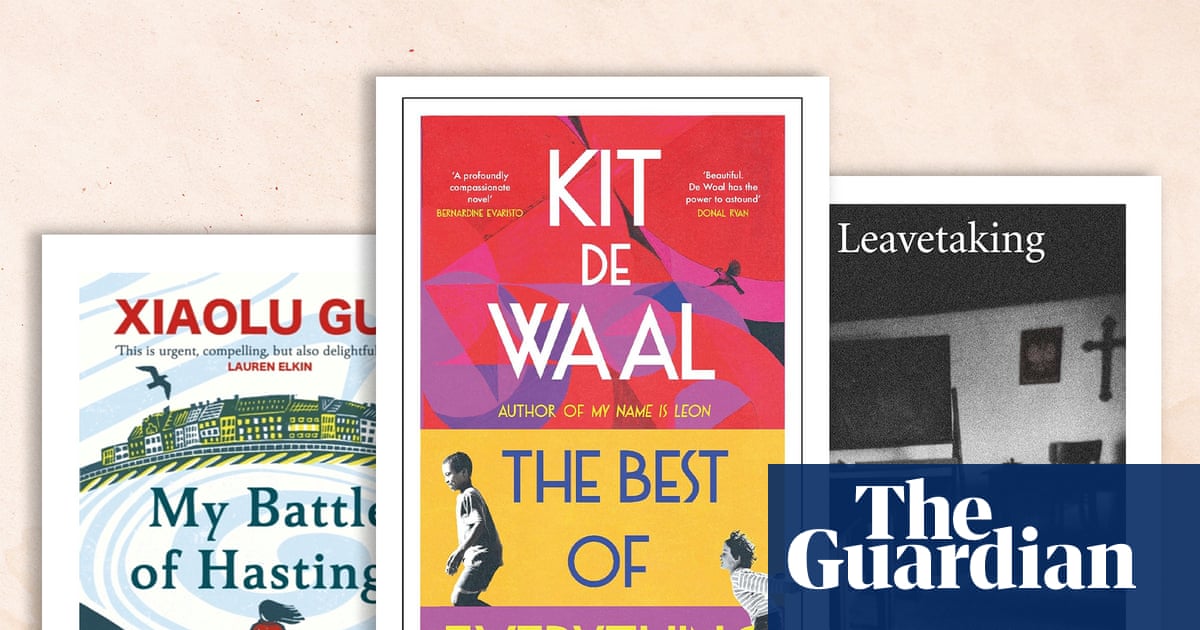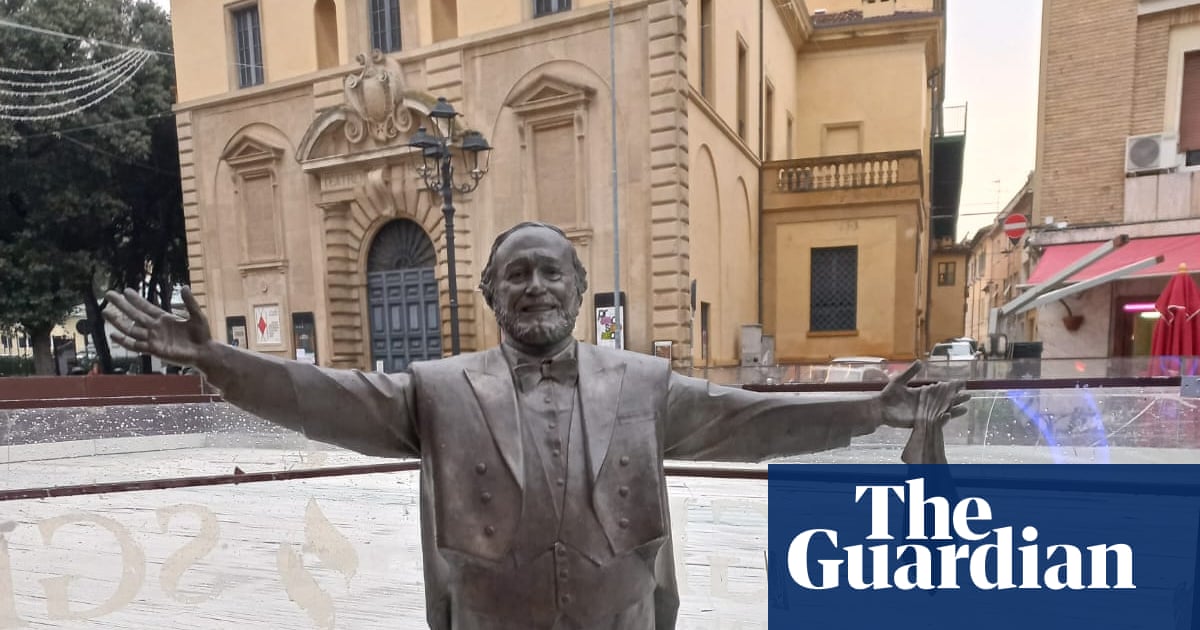8 The Autograph Man (2002)
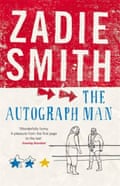
How do you follow a smash hit like White Teeth, which, as everyone now knows, sold for a six-figure sum while the author was still at university, and turned Zadie Smith into a literary superstar and poster girl for multiculturalism at 24? With a novel about a pot-smoking Chinese‑Jewish autograph hunter, the dangers of fame and the shallowness of pop culture, of course.
The Autograph Man begins in full wisecracking throttle with three boys in the back of a car on their way to watch a wrestling match between Big Daddy and Giant Haystacks at the Royal Festival Hall. As 12-year-old Alex-Li Tandem gets Big Daddy’s autograph (the start of an obsession), his own daddy drops dead from a brain tumour. Unfortunately, the rest of the novel doesn’t quite live up to the prologue. The critical heavyweights of the time didn’t pull their punches: “A poky, pallid successor” (Michiko Kakutani, who had rapturously reviewed White Teeth, in the New York Times), “cartoonish” and full of “misplaced ironies and grinning complicities” (James Wood in the LRB). Others were more generous. Whatever. Smith was just getting stuff out the way.
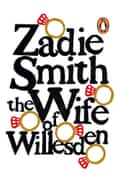
7 The Wife of Willesden (2021)
Given Smith’s talent for dialogue, it was only a matter of time before she wrote a play. Her first, and only, work for the stage is a riotous reworking of The Wife of Bath’s Tale from Canterbury Tales, transported to an open-mic night at a pub on the Kilburn High Road. Chaucer’s Alyson becomes Alvita, a five-times married Jamaican-born British woman in her mid-50s. Her voice, “brash, honest, cheeky, salacious, outrageous, unapologetic is one I’ve heard and loved all my life”, Smith writes in the introduction. “She’s been that bitch since 1983,” the audience is told. First performed at Kilburn’s Kiln theatre, it transferred to the National in London (you can still watch it on their website) and to New York. Bawdy and brave, here is a woman speaking her truth down the centuries.
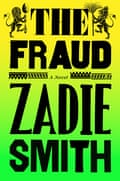
6 The Fraud (2023)
Smith’s first foray into historical fiction is based on the Tichborne trial of 1873, when an East End-born butcher living in Australia claimed to be the long-lost heir to a fortune. She found the story on her doorstep: the scamster is buried in an unmarked grave in Willesden, where the novel, like nearly all Smith’s fiction, is set. With its dangerous populist hero, peddling conspiracy theories and fake news, this Victorian drama has plenty of contemporary resonances. The writing is as smart and assured as ever. Many critics loved it. But, perhaps because it rests on plot (never Smith’s strongest point) rather than character, for me the novel lacks the flesh-and-blood vitality of her earlier fiction. We read Smith to show us how we live now.
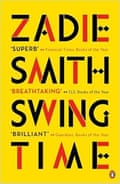
5 Swing Time (2016)
“I wanted to express how it is to be in the world as a black woman,” Smith said of her more sombre fifth novel. In 1982, two little girls from neighbouring estates meet at a dance class in a Willesden church hall. Reinvention, celebrity, motherhood and – ahead of its time – cultural appropriation are all touched upon in a novel that zigzags deftly through time and place. Smith is at her sharpest on the subtle codes of class and race. From Barbies and the Argos catalogue to goths and MTV, she captures growing up in the 80s and 90s, to a soundtrack of Michael Jackson and Rakim. If the social commentary becomes a little heavy-footed at times, the central story of female friendship, in all its jealousies, rivalries and betrayals, never falters.
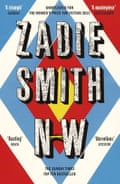
4 NW (2012)
Childhood loyalties and the conflicting yearnings for freedom and belonging are also at the heart of Smith’s most experimental novel. It is fair to say that critical opinion was divided: “clunky”, “weirdly contrived”, with “paper doll characters”, sniped Kakutani again; “a joyous, optimistic, angry masterpiece”, “her best”, cried others. Set in north-west London – obviously – NW covers familiar Smith territory, but with the spirit of Woolf rather than Dickens on her shoulder. The optimism of her early fiction has been replaced by “existential bleakness”, in Smith’s words. If you read novels to know what things feel like, what the author calls “the concrete ‘thingyness’ of people”, rather than for what happens, you will sink into the thirtysomething lives of Leah and Natalie against the Kilburn summer of 2010. If not, move on. Magnificent in parts; infuriating as a whole.
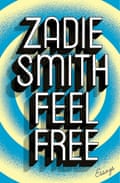
3 Feel Free: Essays (2018)
In the UK we are suspicious of the essay form – too intellectually showy, perhaps – whereas in the US it is a badge of distinction; all the cool writers are at it. Thank goodness, then, for Smith, who has emerged as one of our liveliest thinkers as well as storytellers. The subjects in this collection range from Justin Bieber to Brexit, Jay-Z to Hanif Kureishi, Joni Mitchell to Schopenhauer, the climate emergency, her childhood bathroom, and joy, all corralled by a formidable intellect and wit. Here is Smith thinking on the page about the things that matter most to her (books, music, film, injustice, freedoms of one kind or another). Be warned: reading Smith’s essays will make you realise you have floated through life with the critical acuity of an amoeba. But you will emerge better for it. And she is always great company. A new collection, Dead and Alive, is out this month.
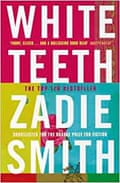
2 White Teeth (2000)
“White Teeth is the literary equivalent of a hyperactive, ginger-haired tap-dancing 10-year-old,” Smith herself, then anonymously and now famously, opined in the small literary magazine Butterfly. Everyone else was busy comparing her to Martin Amis, Salman Rushdie, Hanif Kureishi and even Dickens. This noisy, sunny story of two second world war veterans, best friends Archie Jones from Reading and Samad Iqbal, a Bengali Muslim, and their extended families, who have fetched up in Willesden, turned out to be the novel everyone was waiting for. Smith arrived with a voice that was at once funny, fearless, philosophical and hip, and which was perfectly suited to the hopefulness of a new millennium: publishing’s answer to Cool Britannia. While the plot is slightly preposterous, the author was clearly preposterously talented. Twenty-five years later, White Teeth remains a landmark of British fiction.
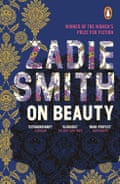
1 On Beauty (2005)
“One may as well begin with Jerome’s emails to his father,” begins Smith’s third novel, to signal that what follows is a reworking of EM Forster’s classic Howards End. What chutzpah! Two families, the liberal Belseys and the establishment Kippses (Forster’s Schlegels and Wilcoxes), from New England and Kilburn respectively, become fatefully intertwined. Art, faith, rap, race, pain and death are all wrapped up in a comic campus novel and bravura literary homage. On Beauty is the only Smith novel to have been shortlisted for the Booker prize (how is that?); it won the Orange, now Women’s prize. Martin Amis said he read everything by Smith “with a constant smile of admiration”; this book makes your face ache. Much is made of the precocity of White Teeth. Smith was only 30 (the same age as Forster) when she pulled off this erudite, expansive and affecting novel. The author turns 50 this month. Watch this space.

 1 month ago
36
1 month ago
36
